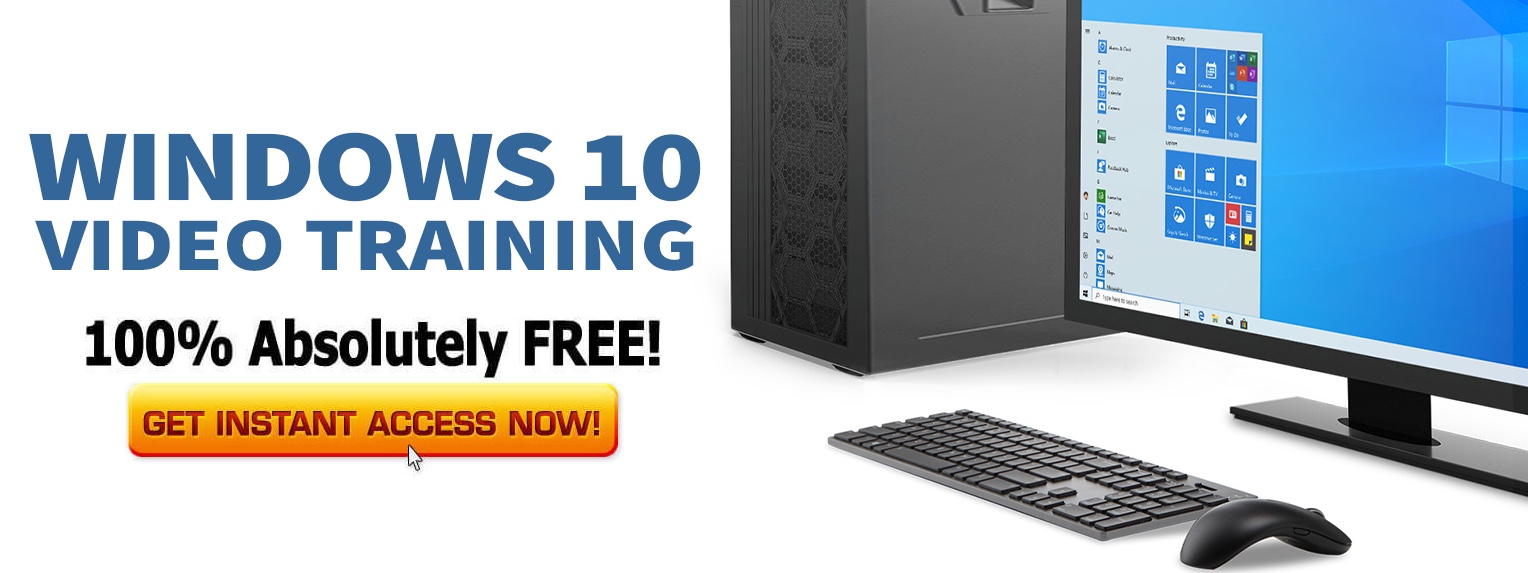The pricing of Windows based tablets has often been cited as one of the reasons for lackluster sales. Slow sale lead to a lower market share, which in turns affects the whole ecosystem.
App and software development, in particular, is affected by these low numbers. It’s a vicious cycle — at least at the start of life for a new platform, even one that goes by the name of Windows 8.
There is little doubt about the prospects of Microsoft’s latest operating system on the traditional front. Desktops, laptops and ultrabooks will ultimately embrace Windows 8, in due time, as more and more devices arrive on store shelves and more and more users upgrade their version of Windows.
But the mobile is where Microsoft has its eyes set. PC hardware sales are on a downwards trend, with more and more of the user base shifting on tablet and mobile devices.
For all intents and purposes, chip giant Intel is in the same boat. The CPU maker was slow the react to the shift to mobility, allowing competitors like ARM to seize a fair portion of the market.
Now Intel is determined to take its turf back, with the upcoming Bay Trail (based on the company’s Atom architecture) platform. The company’s CEO Paul Otellini, talking to CNET said that he expects some very affordable Intel powered Windows 8 devices:
“If you look at touch-enabled Intel-based notebooks that are ultrathin using [Bay Trail] processors. Those prices are going to be down to as low as $200.”
Currently the most affordable Windows 8 tablet retails for around $400.
But if what Intel’s CEO hopes comes true, then an influx of more affordable Intel powered Windows 8 devices could lead to a much faster adoption of Microsoft’s new platform. Win-win, for all involved.
Nevertheless, some compromises will have to be made for devices in this price range. Chances are that they will come in a 7 or 8-inch form factor, powered by Windows Blue (or Windows 8.1 for the purists). Intel’s Atom architecture, will obviously allow these devices to provide the full Windows experience.
And this means access to legacy software programs.
Where that would leave Windows RT devices is anyone’s guess at the moment. But with so much at stake in the not-so-distant future, expect plenty of fireworks when Intel’s new tablet platform arrives.

